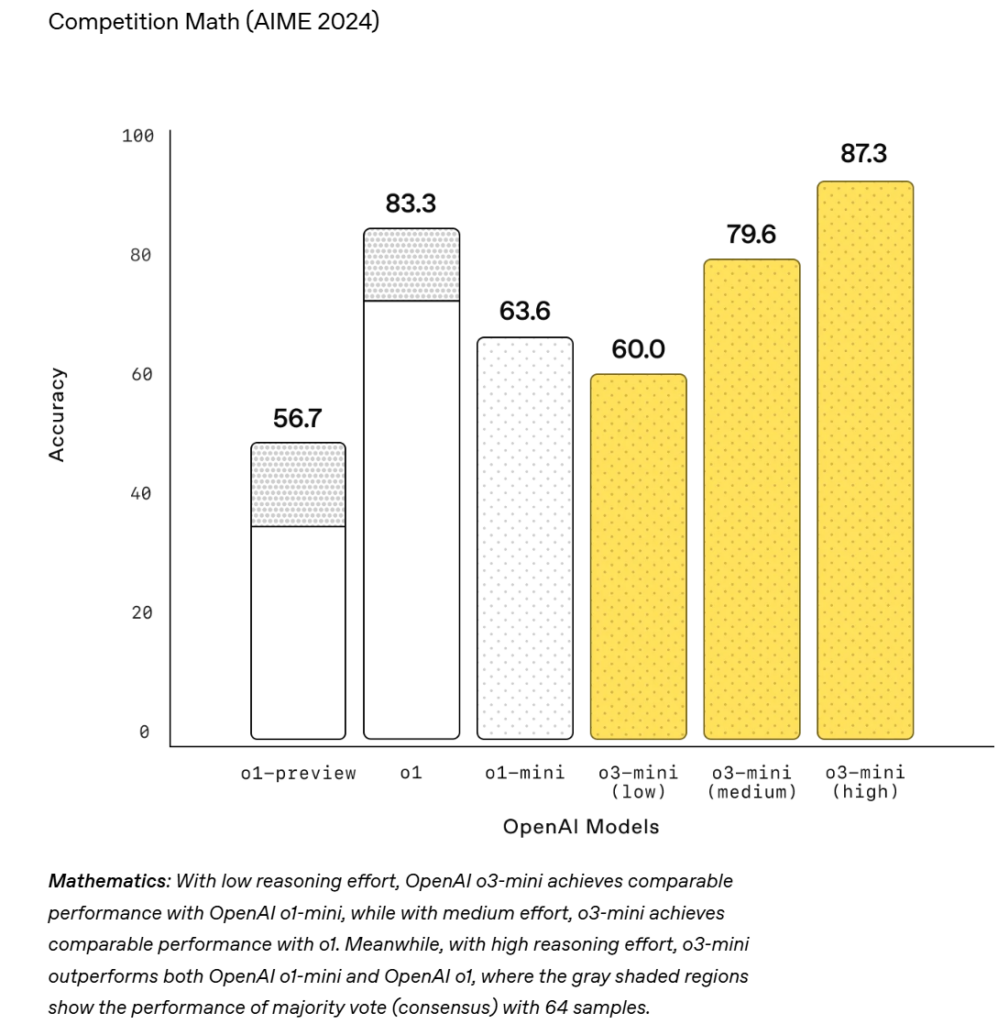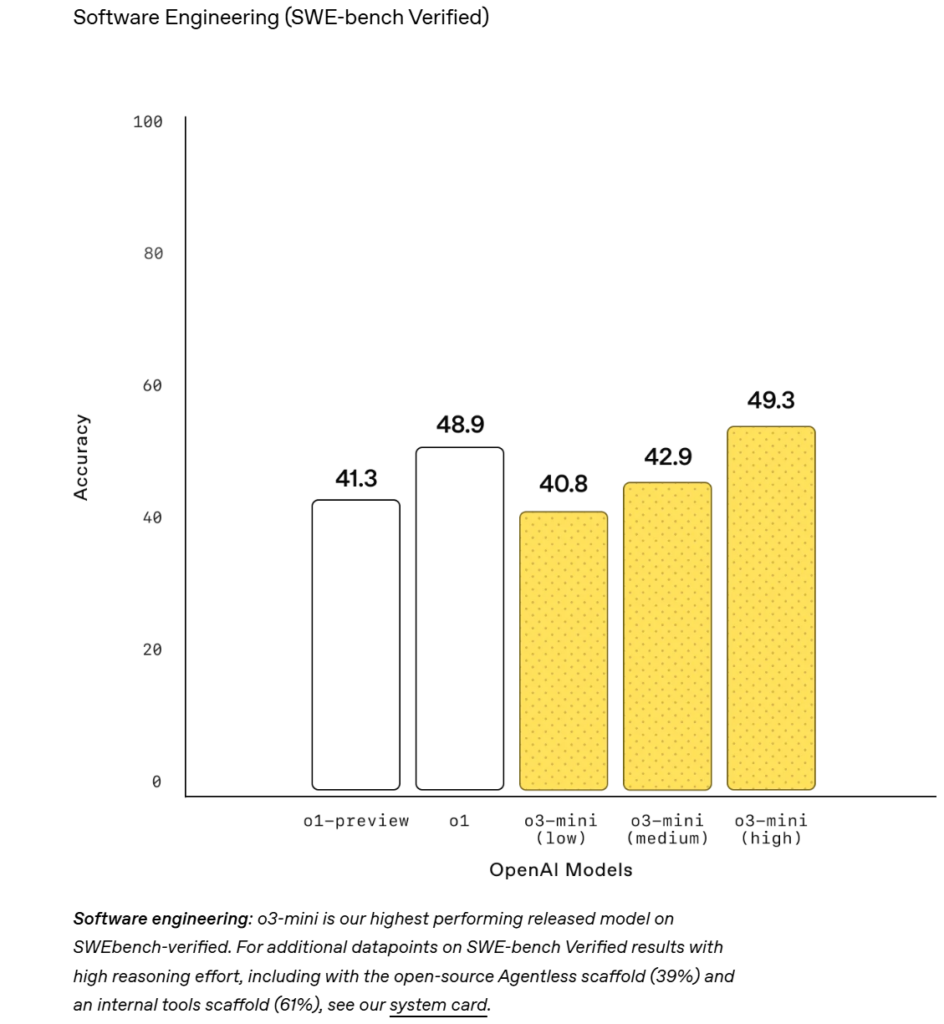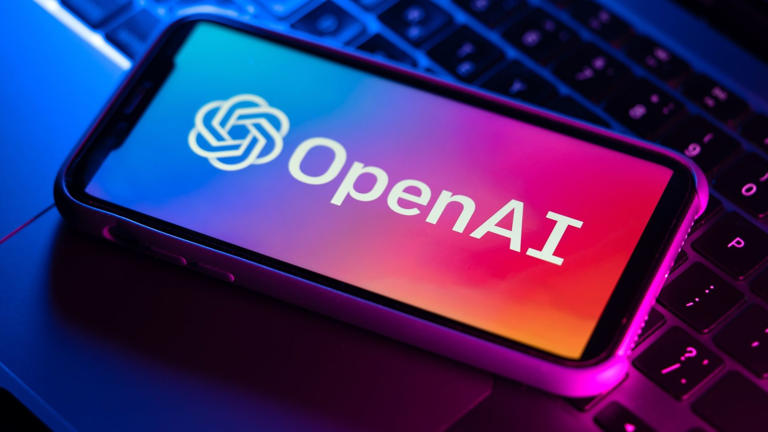In the rapidly evolving landscape of artificial intelligence, OpenAI has consistently been at the forefront, developing models tailored to diverse user needs. Among their latest offerings are GPT-4o, o1, and the newly introduced o3-mini. Each of these models is designed with specific capabilities and applications in mind. This article delves into the distinctions between these models, providing insights to help you determine which aligns best with your requirements.
GPT-4o: The Multimodal Powerhouse
GPT-4o stands out as a multimodal model, adept at processing and generating text, images, and audio. This versatility makes it suitable for a broad spectrum of applications, including content creation, language translation, and more. However, its comprehensive capabilities come with increased computational demands.
Key Features:
- Multimodal Processing: Handles text, images, and audio inputs and outputs.
- General-Purpose Use: Ideal for tasks that require a combination of different data types.
- Resource Intensive: Due to its extensive capabilities, it requires more computational power, which may lead to higher operational costs.
o1: The Reasoning Specialist
Introduced in late 2024, the o1 model is engineered to enhance reasoning capabilities, making it proficient in tackling complex, multi-step tasks. It excels in areas such as coding, mathematics, and scientific problem-solving. The model employs a unique training approach that allows it to “think” before responding, enabling it to analyze its answers and explore different strategies.
Key Features:
- Advanced Reasoning: Capable of step-by-step logical reasoning, suitable for complex problem-solving.
- Specialized Applications: Particularly effective in coding, mathematics, and scientific research.
- Higher Resource Consumption: While powerful, it demands more computational resources, leading to increased costs and longer processing times.
o3-mini: The Efficient Innovator
Launched in early 2025, o3-mini is a streamlined model that offers faster responses and improved performance over its predecessors. It is optimized for coding, math, and science tasks, providing accurate results with reduced latency. Notably, o3-mini is available to both free and paid users, marking the first time a reasoning model has been accessible to free users in ChatGPT.
Key Features:
- Efficiency: Delivers rapid responses, making it suitable for applications where speed is crucial.
- Optimized Reasoning: Tailored for tasks in coding, mathematics, and science, ensuring precise and swift outputs.
- Broad Accessibility: Available to both free and paid users, democratizing access to advanced reasoning capabilities.



Choosing the Right Model for Your Needs
Selecting the appropriate model depends on your specific requirements:
- For Multimodal Tasks: If your project involves processing and generating text, images, and audio, GPT-4o is the ideal choice due to its comprehensive capabilities.
- For Complex Reasoning: When dealing with intricate, multi-step problems, especially in coding or scientific research, the o1 model’s advanced reasoning abilities make it a strong candidate.
- For Efficiency and Accessibility: If you prioritize speed and have limited resources, o3-mini offers efficient reasoning capabilities and is accessible to a wider range of users.
OpenAI’s diverse model lineup ensures that users can select a solution that best fits their unique needs, balancing performance, resource consumption, and accessibility.


